Current civil servant salary table
According to Decree 204/2004/ND-CP, civil servant and public employee salaries are calculated by the following formula: Salary = Basic salary x Salary coefficient.
In which, the current salary coefficient is specifically regulated in the appendix issued with Decree 204/2004/ND-CP according to the principle that civil servants appointed to a rank will be ranked in salary according to that rank.
The current basic salary is 1.8 million VND/month.
This is considered the "basic" salary calculation for each civil servant because in addition to salary, civil servants also receive allowances. However, not everyone receives the same allowances.
Details of civil servant salary table from July 1, 2023:
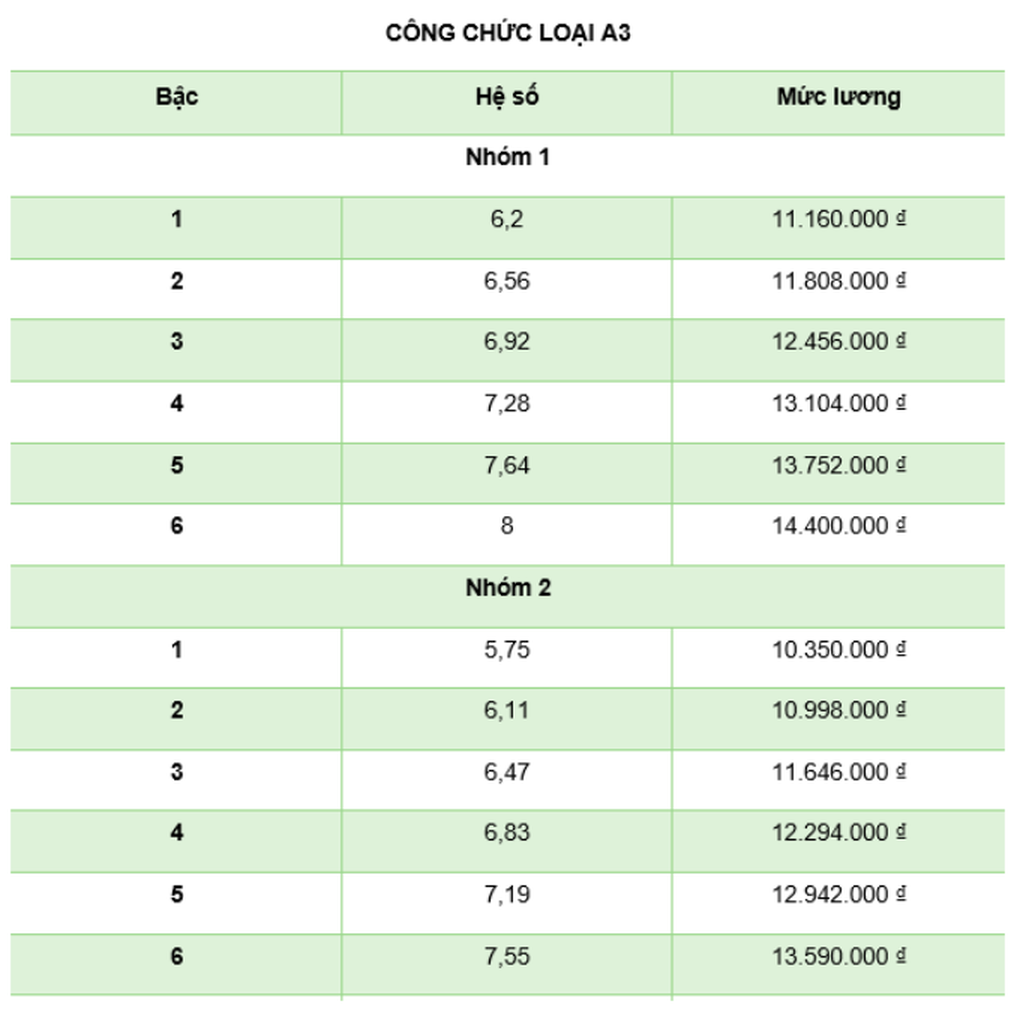
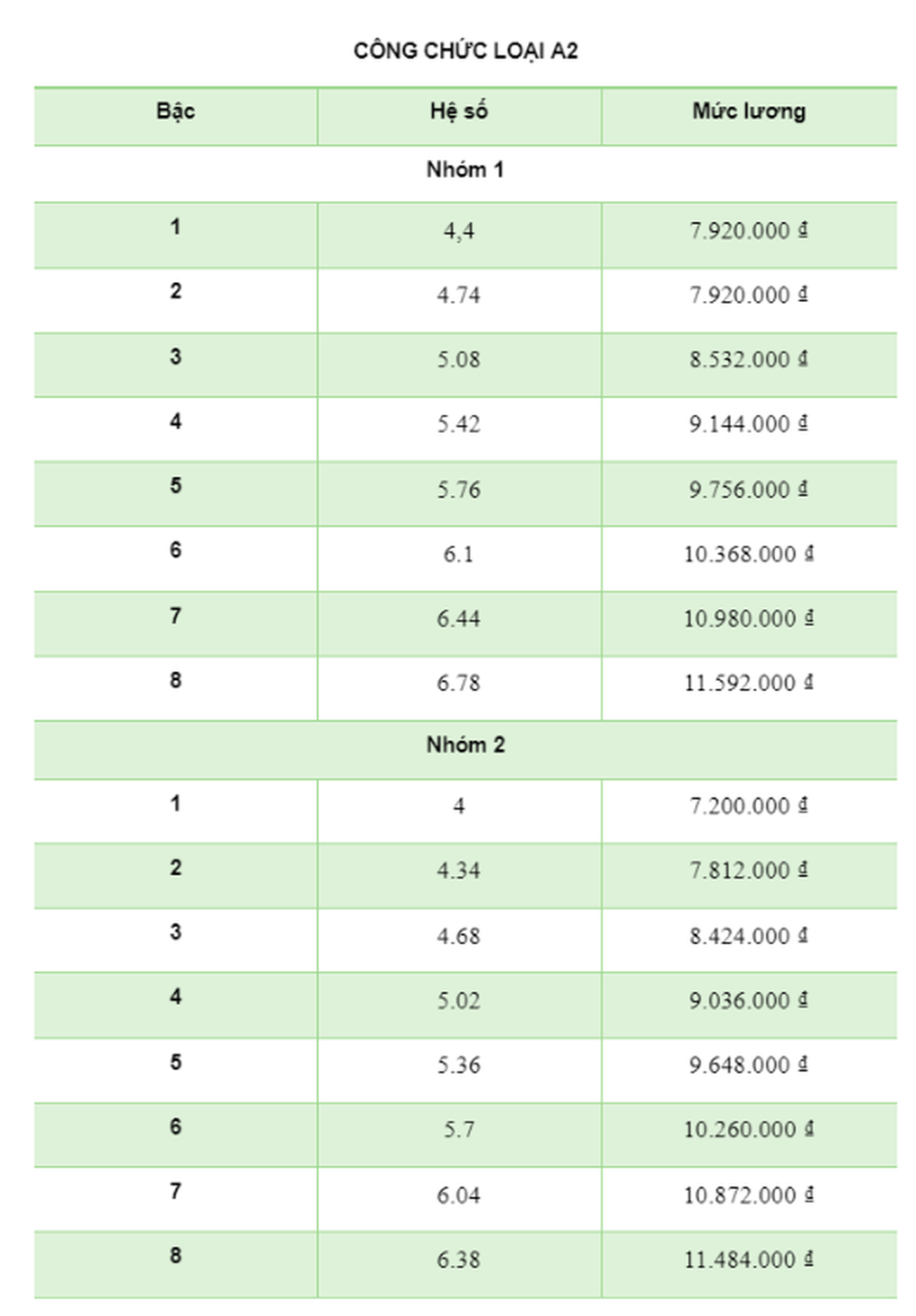
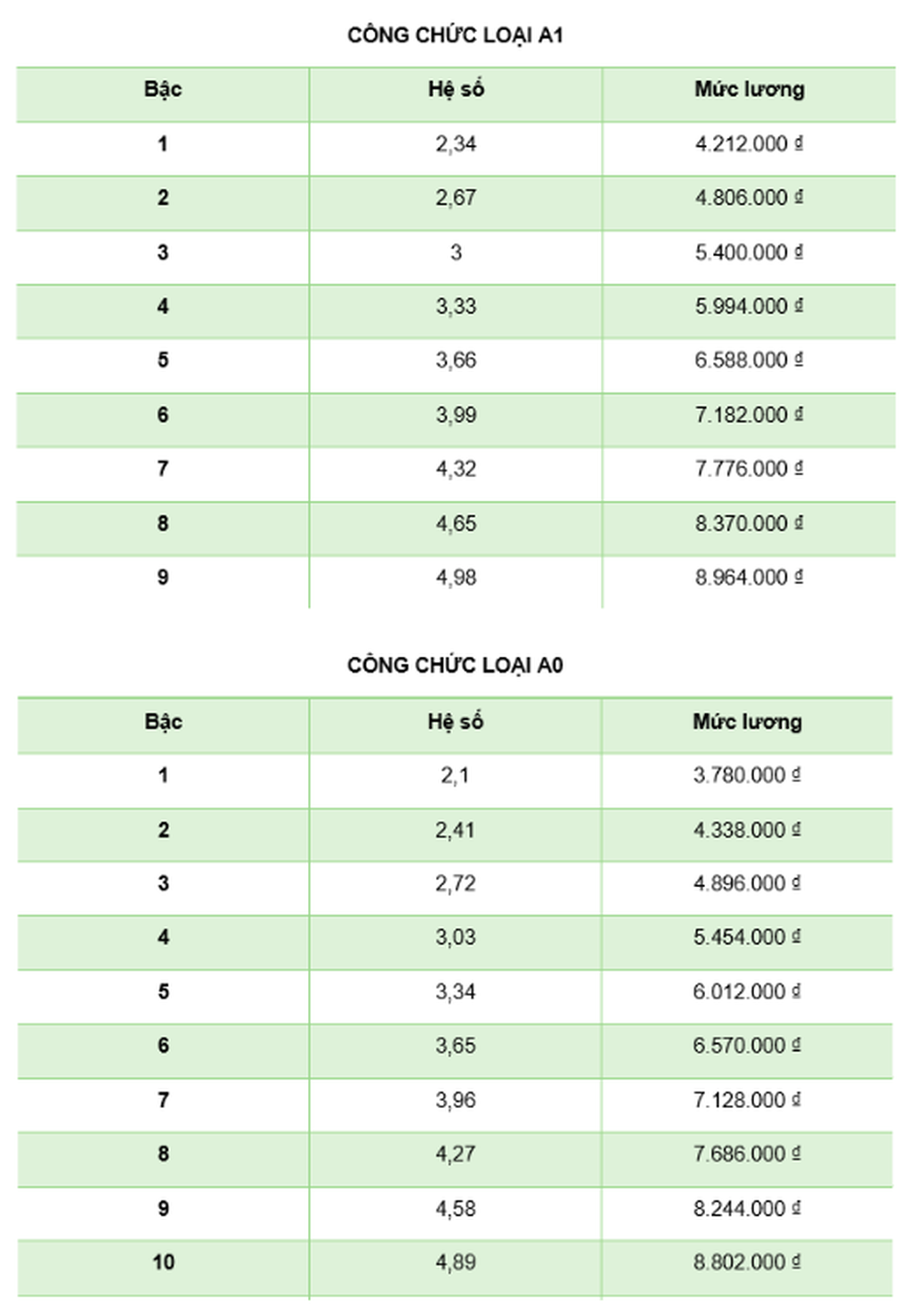
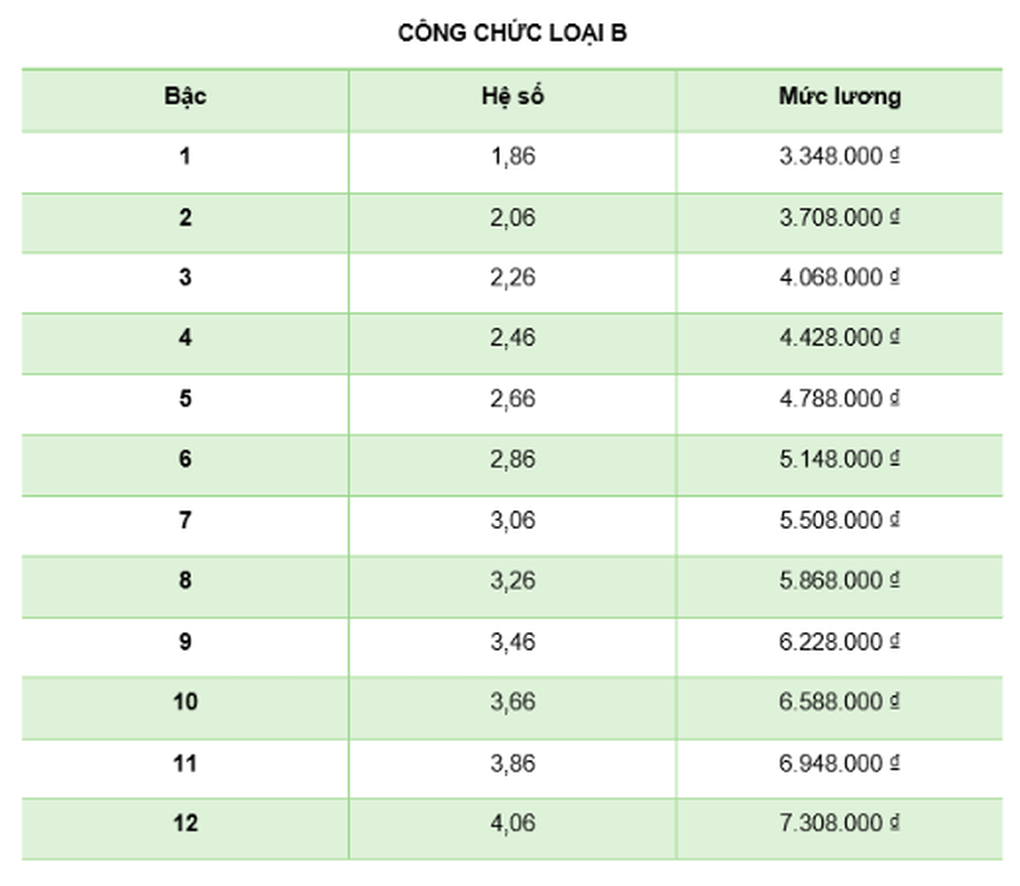
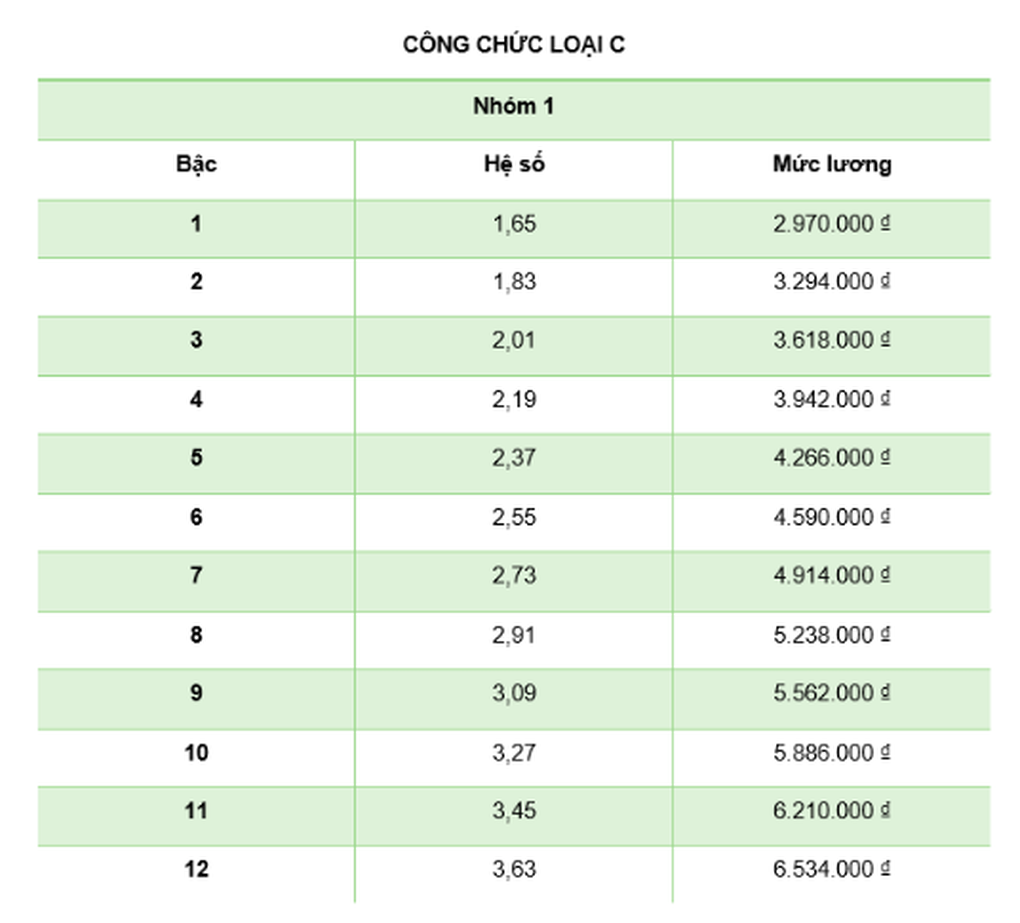

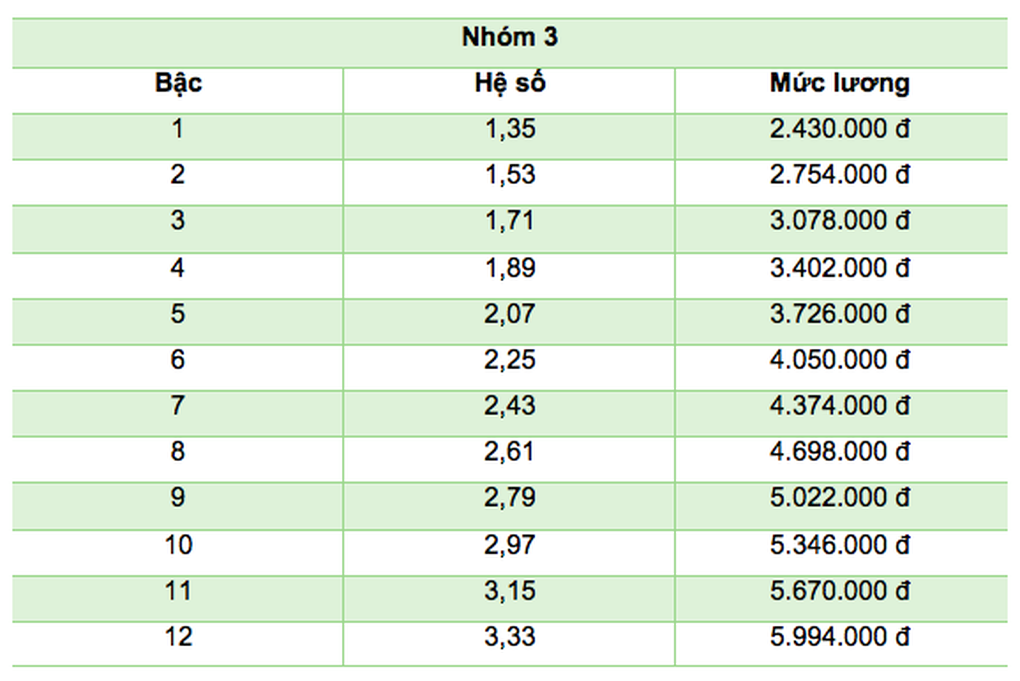
2 civil servant salary tables after reform
According to the National Assembly 's Resolution on the 2024 state budget estimate, from July 1, 2024, the state will abolish all mechanisms and special incomes of agencies and administrative units when reforming salaries and simultaneously adjusting pensions and social allowances accordingly.
According to Resolution 27-NQ/TW in 2018 of the Central Executive Committee, the reformed salary structure includes: Basic salary (accounting for about 70% of the total salary fund) and allowances (accounting for about 30% of the total salary fund).
In addition, civil servants and public employees are given additional bonuses, the bonus fund is equal to about 10% of the total salary fund of the year, excluding allowances.
Accordingly, there will be a salary table for positions applicable to cadres, civil servants, and public employees holding leadership positions (elected and appointed) in the political system from the central to communal level.
The State builds this salary table with the principle that the salary level must reflect the rank in the political system; the person holding a leadership position receives a salary according to that position; if a person holds many positions, he/she receives the highest salary level; people holding equivalent leadership positions receive the same salary level; the salary level of a superior leader must be higher than the salary level of a subordinate leader.
Prescribe a salary level for each equivalent position; do not classify ministries, branches, boards, committees and equivalents at the Central level when building the salary table for positions at the Central level; do not distinguish different salary levels for the same leadership position according to the classification of administrative units at the local level but implement it through the allowance regime.
The classification of equivalent leadership positions in the political system to design the salary table for positions is decided by the Politburo after reporting to the Central Executive Committee.
In addition, there will be a professional and technical salary table according to civil servant ranks and professional titles applied to civil servants and public employees who do not hold leadership positions; each civil servant rank and professional title has many salary levels.
This salary table is built on the principle that the salary level is the same for the same level of job complexity; working conditions are higher than normal and career incentives are implemented through a career-based allowance regime; rearranging the group of ranks and the number of levels in civil servant ranks, professional titles of public employees, and encouraging public employees to improve their professional qualifications and skills.
Appointment to civil servant ranks or professional titles of public employees must be linked to job positions and the structure of civil servant ranks and professional titles of public employees carried out by the agency, organization or unit managing civil servants and public employees.
Source link



![[Photo] VinUni students' emotions are sublimated with "Homeland in the Heart: The Concert Film"](/_next/image?url=https%3A%2F%2Fvphoto.vietnam.vn%2Fthumb%2F1200x675%2Fvietnam%2Fresource%2FIMAGE%2F2025%2F11%2F26%2F1764174931822_10-3878-jpg.webp&w=3840&q=75)



![[Photo] Close-up of heavy damage at the school located on the banks of the Ban Thach River](/_next/image?url=https%3A%2F%2Fvphoto.vietnam.vn%2Fthumb%2F1200x675%2Fvietnam%2Fresource%2FIMAGE%2F2025%2F11%2F26%2F1764152130492_ndo_bl_img-8188-8805-jpg.webp&w=3840&q=75)


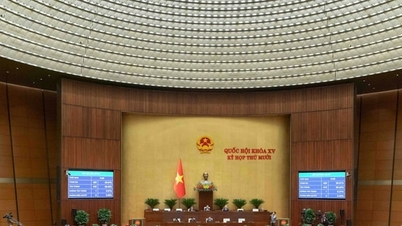

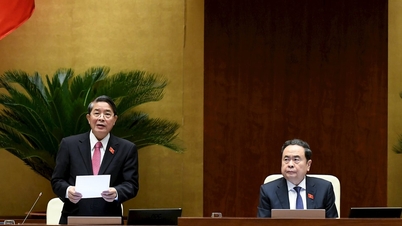

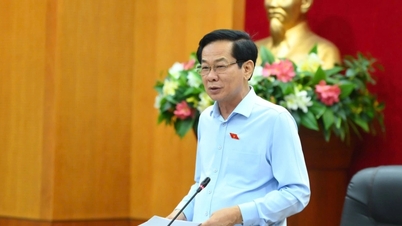


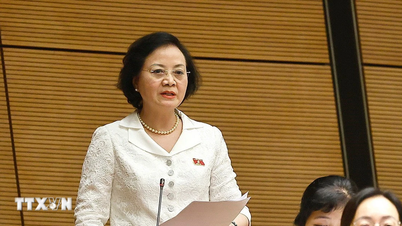
















































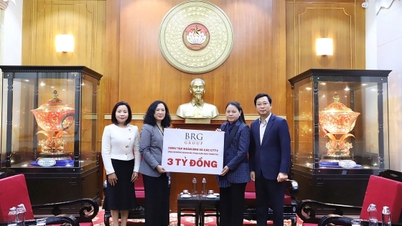










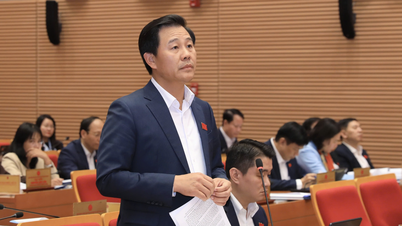
![[Photo] Opening of the 28th Session of the Hanoi People's Council](https://vphoto.vietnam.vn/thumb/402x226/vietnam/resource/IMAGE/2025/11/26/1764155991133_image.jpeg)






























Comment (0)